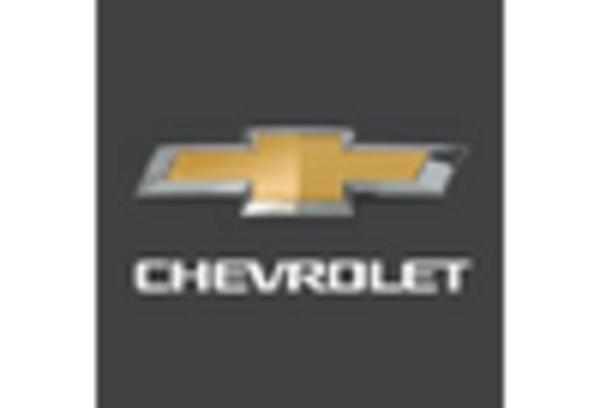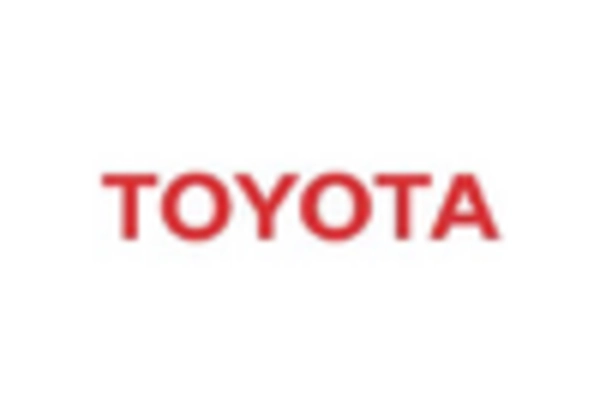Expansion of the Automotive Aftermarket
The Crate Engine Market is significantly influenced by the expansion of the automotive aftermarket. As vehicle owners increasingly opt for modifications and upgrades, the demand for crate engines is expected to rise. The aftermarket sector has shown resilience, with a projected growth rate of around 4.8 percent annually. This growth is driven by a combination of factors, including the desire for enhanced vehicle performance and the increasing availability of aftermarket parts. Retailers and manufacturers are capitalizing on this trend by offering a wider selection of crate engines, catering to various vehicle types and performance needs. Consequently, the Crate Engine Market stands to gain from the burgeoning aftermarket, as consumers seek to enhance their vehicles' capabilities.
Rising Interest in Classic Car Restoration
The Crate Engine Market is experiencing a resurgence in interest related to classic car restoration. As collectors and enthusiasts seek to restore vintage vehicles, the demand for reliable and powerful crate engines has increased. This trend is supported by data indicating a growing number of classic car shows and events, which highlight the importance of maintaining and upgrading these vehicles. The restoration market is projected to grow at a rate of approximately 6 percent annually, further fueling the need for high-quality crate engines. As a result, manufacturers are focusing on producing engines that not only meet performance standards but also align with the aesthetic and historical values of classic cars, thereby enhancing the appeal of the Crate Engine Market.
Shift Towards Electric and Hybrid Solutions
The Crate Engine Market is witnessing a shift towards electric and hybrid solutions, driven by changing consumer preferences and regulatory pressures. As environmental concerns become more pronounced, manufacturers are exploring the development of crate engines that can accommodate hybrid technologies. This transition presents both challenges and opportunities for the industry. While traditional internal combustion engines remain popular, the integration of electric components into crate engines could attract a new segment of environmentally conscious consumers. The market for hybrid and electric crate engines is expected to grow, potentially reshaping the landscape of the Crate Engine Market as it adapts to evolving consumer demands and regulatory frameworks.
Increasing Popularity of Performance Vehicles
The Crate Engine Market experiences a notable surge in demand due to the increasing popularity of performance vehicles. Enthusiasts and consumers are gravitating towards high-performance cars, which often require upgraded engines to enhance speed and efficiency. This trend is reflected in the sales data, indicating a rise in aftermarket modifications. The performance vehicle segment is projected to grow at a compound annual growth rate of approximately 5.5 percent over the next five years. As consumers seek to personalize their vehicles, the Crate Engine Market is likely to benefit from this shift, as manufacturers respond with a diverse range of high-performance crate engines tailored to meet specific consumer preferences.
Technological Innovations in Engine Manufacturing
Technological innovations play a pivotal role in shaping the Crate Engine Market. Advances in manufacturing processes, such as 3D printing and precision machining, have enabled the production of more efficient and powerful crate engines. These innovations not only improve performance but also reduce production costs, making high-quality engines more accessible to consumers. The integration of smart technologies, such as engine management systems, further enhances the appeal of crate engines. As manufacturers continue to invest in research and development, the Crate Engine Market is likely to witness a wave of new products that leverage these advancements, attracting a broader customer base and driving market growth.


















Leave a Comment